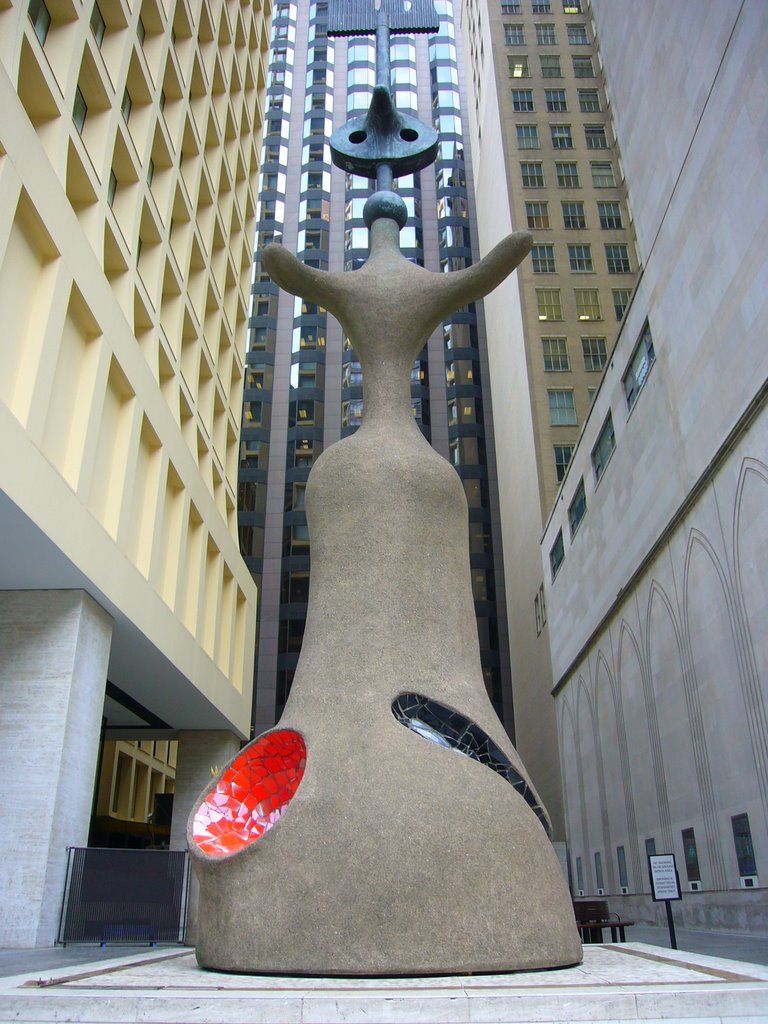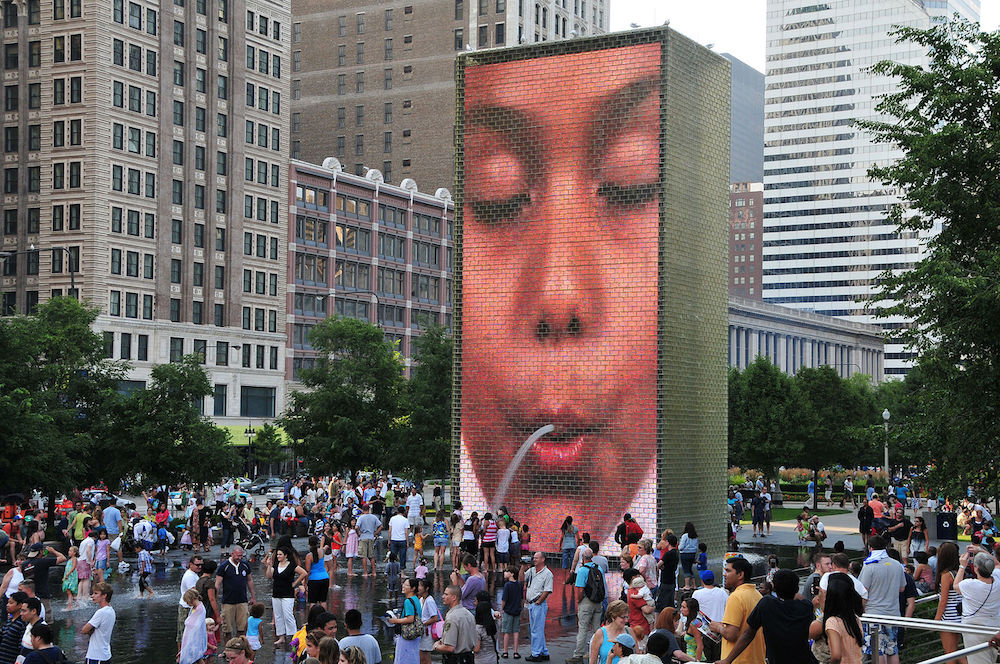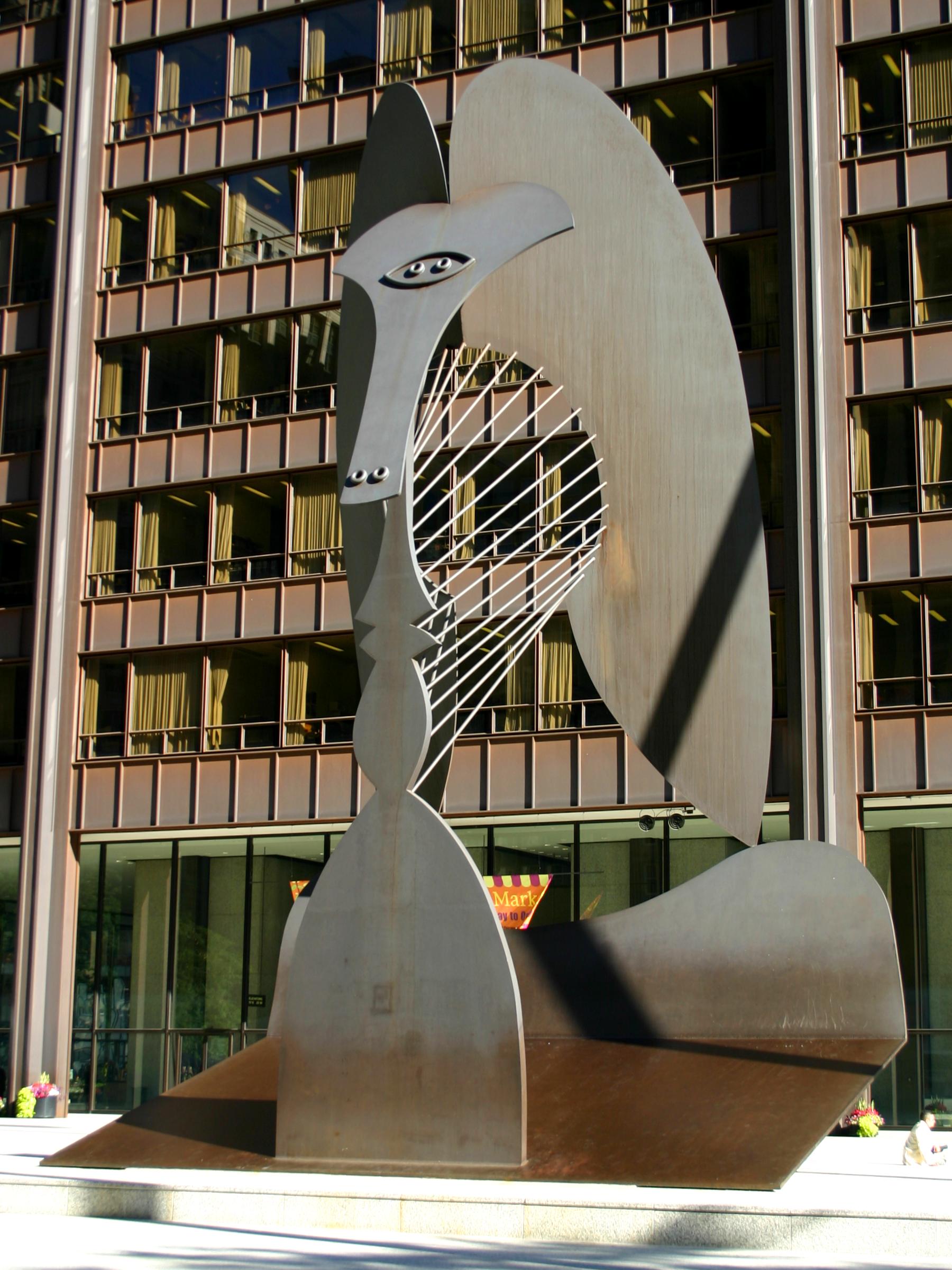Our reverence for sculpture and for the cities in which we operate collide to create a deep appreciation for the public art of Chicago. And as we explore the craft in the city we love, we’re doing deep dives into famous public works from downtown to vibrant neighborhood pockets. This week, it’s all about Joan Miro’s Chicago.
History of Miro’s Chicago
This iconic sculpture by iconic artist Joan Miro was first titled The Sun, The Moon and One Star but is known now as Miro’s Chicago. Originally, Miro was commissioned by Brunswick Corporation in 1969 to design a sculpture, but the project halted when Brunswick withdrew funding. In 1979, Chicago’s first female mayor Jane Byrne reinvigorated the project, promising to fund the first half of the project if others would commit to funding the second half. Together, foundations, institutions and individuals rallied to commit that final stretch of funding, and Miro himself reduced the cost of construction by completely donating his design to the city. It’s only appropriate, then, that Miro’s Chicago is an iconic fixture in the city, as it was brought to fruition by collaborative and impassioned locals.
Visiting Miro’s Chicago
The sculpture is tucked modestly away in a narrow plaza between the Cook County Administration Building and the Chicago Temple Building in Chicago’s downtown financial district. The plaza, known as Brunswick Plaza, is directly south of the Daley Center and nearly directly south of another iconic Chicago public art piece, the Chicago Picasso.
Miro’s Chicago, in its modest and peaceful crevice downtown, makes for a serene location for local workers to have lunch outside. The concrete, bronze and ceramic tile façade towers to almost 40 feet tall, and its curving figure has earned the nickname “Miss Chicago.” The large pedestal beneath the sculpture invites passerby to sit and marvel — either at the statue above, or the striking Chicago architecture even farther above. As a piece of public art, it does exactly what we at Optima know and love sculpture for: it elicits an emotional experience from its viewer, while activating the incredible architectural space around it.



